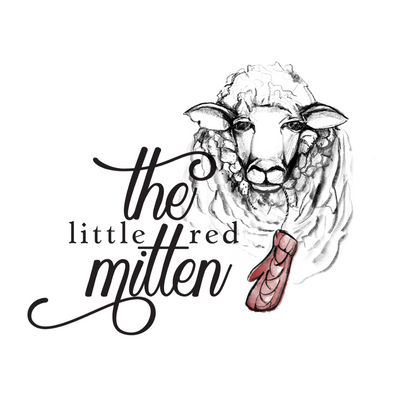DEAR KNIT NERD
Over the past couple of years, I’ve been knitting sweaters in the round and really enjoying doing so. I get into a good rhythm and love how the piece develops from the top down. With spring upon us, I realize I need more cardigans in my capsule wardrobe. I’m knitting a cardigan now and wow, it’s a bit of a struggle for me to keep inspired as I’m now not a huge fan of flat knitting after making so many items in the round! Those endless rows of purling and having to seam just make me want to put it aside. Also, I’m finding my tension is a bit off with my flat stockinette stitching. I’ve heard of steeking, but am so afraid of cutting into my knitting after spending hours. Can you help with ideas?
DEAR KNITTER
Steeking is definitely your best bet if you want to avoid purling. Steeking has been used for a very long time to create beautiful colourwork cardigans since colourwork is easier worked in the round, but you can also steak single colour pieces. I wont go too in depth with the steps for steeking here as there are many online tutorials available and the Little Red Mitten offers a wonderful steeking class (keep an eye out for future offerings). But I will offer some tips and things to keep in mind when modifying an existing flat pattern for working in the round and steeking.
- I only recommend modifying patterns that are already worked in once piece or are raglan/circular yoke construction or the sleeve is written to be picked up from the armhole and worked top down. Sewing in a sleeve to an already seamed/constructed sweater (such as a set-in sleeve or a seamed drop shoulder construction) is very tedious and adds a lot more headache to the process of seaming.
- If the sweater is seamed and you are going to be working it in the round, make sure to subtract 2 stitches from the front and back stitch counts. There is always 1 extra stitch added to the selvedge to accommodate seaming. DO NOT do this at neck or sleeve hole edges, just at the sides below the arms.
- You need to add extra stitches to the center of your pattern to accommodate the steeking. In steeked colourwork cardigans, 5 extra stitches are added to the middle front of the pattern to accommodate the reinforcing of the edge and guide the cutting. When modifying an existing pattern for steeking, if your cardigan has an added-on button band you will want to add 3 extra stitches since there are already 2 extra stitches included in the pattern to accommodate picking up the button band. If the button band is worked while you work the body, you will want to remove those stitches and add 5 stitches to accommodate the steeking. You will also need to determine how you want to work the button band since now you will need to add it on after you have steeked and your pattern will not be written for that.
- Watch or read multiple tutorials or take a class. There are 2 different ways of reinforcing your stitches before cutting, either with a sewing machine or a crochet hook and you will want to determine the method that suits your skill level and tools you have available. This tutorial was created by tincanknits, one of the Little Red Mitten’s favourite designers and content creators.
- This is the most important note I have. PRACTICE. Create a little cup cozy out of the same yarn you used for your sweater and practice reinforcing & cutting on it. This will make you feel more comfortable once you finally cut into your actual sweater. There are also a few different ways to cover your steeked edge on the inside of the sweater and you will want to practice these too to determine what suits the garment best.
I hope these tips help with being more confident cutting into your knitting. It can certainly be a daunting endeavour.
Sincerely,
Your friendly neighbourhood Knit Nerd


0 comments